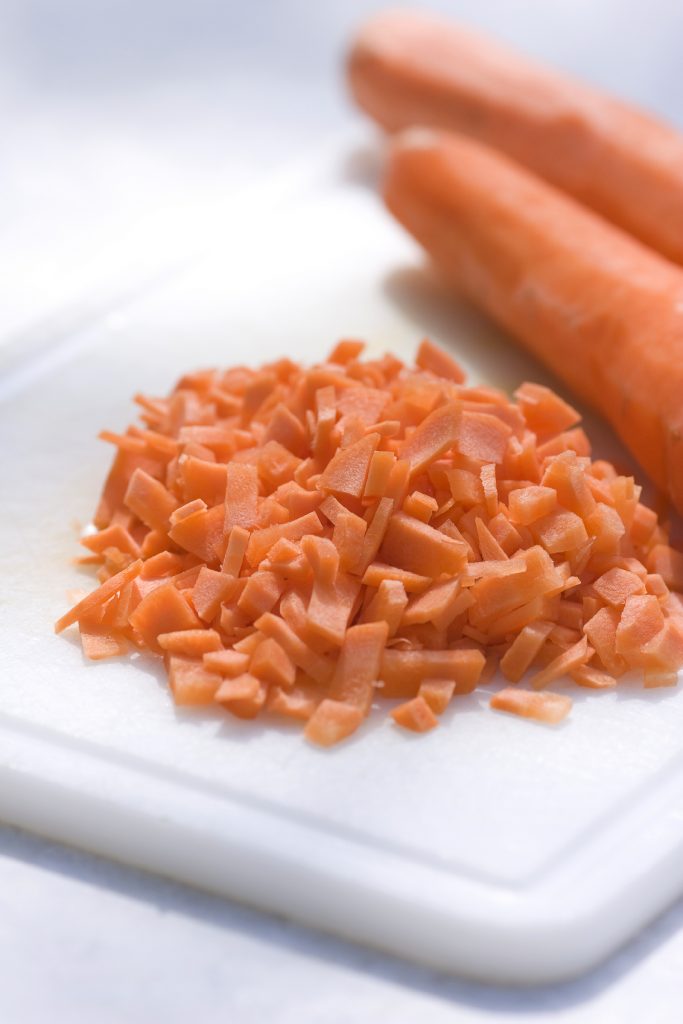Breathing emergencies such as choking are a leading cause of injury-related death to Canadian children.
An estimated 44 children age 14 and under die every year in Canada from choking, suffocation and strangulation, and another 380 are hospitalized for serious injuries.
Children who survive may suffer brain damage because they have been deprived of oxygen for a period of time.
Tips to prevent choking in children
Keep choking hazards away from children under four years of age, including:
Small objects
If an object fits through a cardboard toilet paper roll, it can cause a young child to choke. Puzzle pieces, toys, building blocks: all should be larger in those years when children put everything in their mouths. Read more about this topic in the Play Time section of our Home Safety information page.
Latex balloons

A piece of latex balloon can easily block a child’s airways and stop a child from breathing. Make sure to throw away broken balloon pieces immediately. Mylar (foil) balloons are a safer option. When these balloons break into small pieces, they do not block a child’s airway.
Some hard, round and sticky foods
Some specific foods are unsafe for children under four: hard candies, cough drops or gum, popcorn, marshmallows, peanuts or other nuts, seeds and fish with bones. Avoid snacks that use toothpicks or skewers at this age.
Prepare food with safety in mind
Introducing solid foods supports your child’s nutritional well-being and should begin around six months (for healthy term infants). While adding new tastes and textures, prepare foods appropriately to prevent choking:

- Cut hot dogs and sausages lengthwise or dice them
- Chop foods with fibrous or stringy textures, such as celery or pineapple, into small pieces.
- Grate or thinly slice raw vegetables or hard fruit, such as carrots and apples.
- Remove the pits from fruit.
- Cut grapes and grape tomatoes into quarters.
- Spread nut or seed butters thinly on crackers or toast (not soft bread).
- Serve boneless fish or remove bones before serving.
Supervise infants and young children while eating
- Ensure your child is sitting upright and not lying down, walking or running.
- Avoid eating while in a moving vehicle. Your child is at risk of choking if the vehicle suddenly stops and you maybe be unable to safely help them if you are driving.
- Know what to do if choking happens by learning first aid.
Seniors are also at risk of choking
Changes in muscle strength in the throat and mouth as you age can make it more challenging to swallow and chew. This can increase the risk of food getting stuck in the upper airway (causing choking) and/or entering the lungs (causing aspiration).
Dry mouth (from medications or older age), degenerative conditions (such as Parkinson’s or dementia) and stroke can also increase the risk of choking while eating, drinking or swallowing. It’s important to talk to a doctor if you or someone you care for is experiencing difficulty swallowing or chewing and to follow a care plan with your health team.
Tips to prevent choking for seniors

Modify foods
Depending on the degree of difficulty swallowing, food texture and size can be modified to reduce the risk of choking.
- Opt for foods that are minced, pureed or tender, meaning they can be easily be cut with the side of a fork.
- Cut food into small, bite-size pieces.
- Avoid dry foods (e.g. crackers) and foods that can easily become choking hazards (e.g. popcorn, hard candies).
- Remove bones from any meat or fish.
- Prescribed thickening agents can be added to beverages (e.g. water) to make swallowing easier.
Keep safety in mind during mealtimes
- Eat and drink while sitting upright. Do not eat or drink while lying down.
- Avoid talking or other distractions (e.g. watching TV) while eating.
- Take your time and make sure to chew food slowly.
- Eat with someone else or in a supervised environment. Eating alone can increase the risk of choking or aspiration.
- Know the signs of choking and aspiration and what to do by learning first aid.